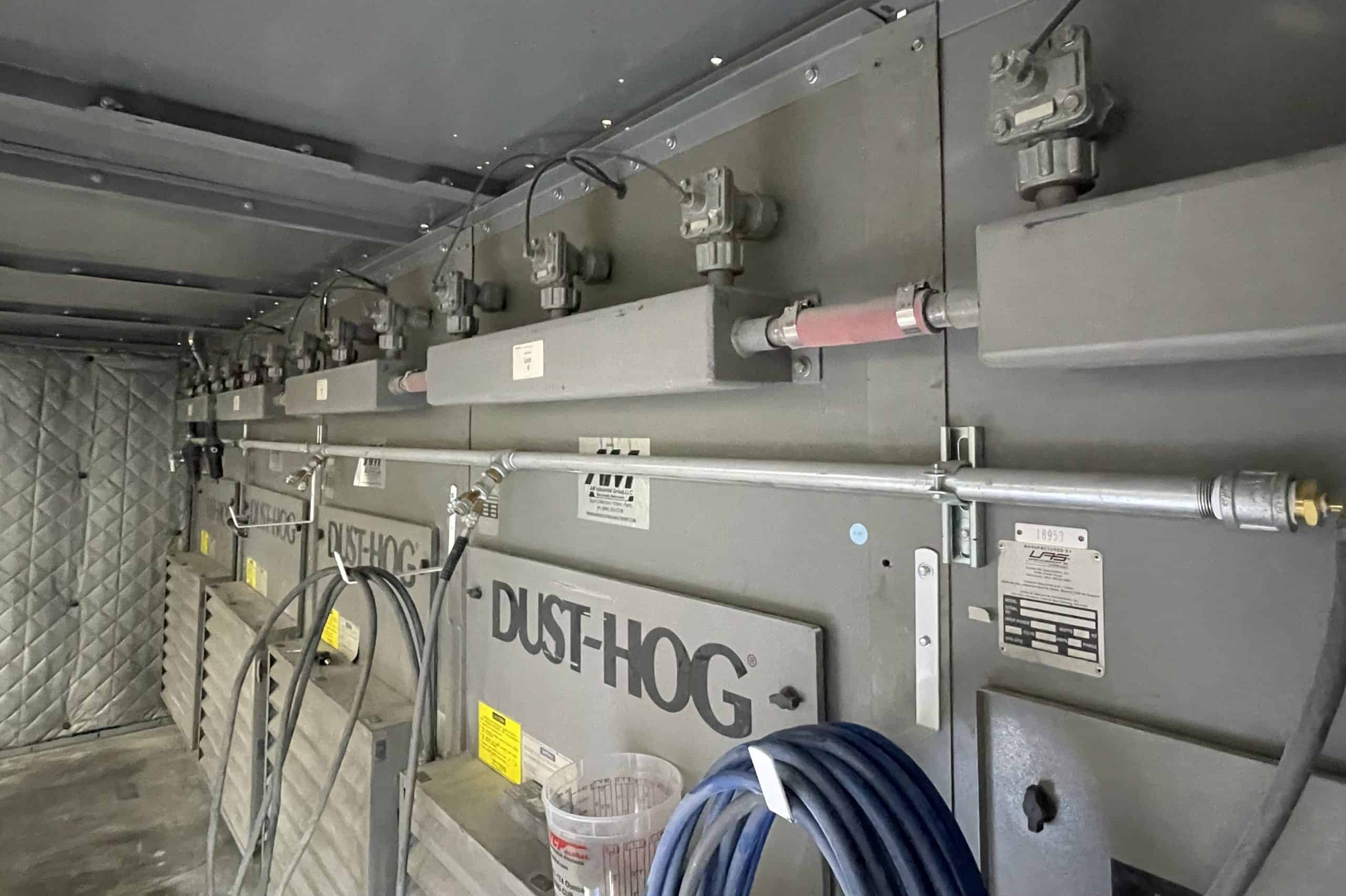
Overview
A-Tech’s Client was requested to perform a dust hazard analysis (DHA) by the Orange County Fire Authority (OCFA) in accordance with the following standards:
– 2019 California Fire Code (CFC) Chapter 22, Section 2203.2
– National Fire Prevention Agency (NFPA) 652-2019 Section 7.1.2
The Client has a dust-hog collection system comprised of six (6) adjoining local exhaust ventilation (LEV) systems in a partial enclosure. Generated dusts are routinely collected from accumulation drawers at the base of the dust collection system.
– The Client reported that the materials captured by the dust collection system are limited to epoxy resins and fiberglass from grinding/cutting operations of proprietary components.
Strategy
Upon the initial interview with the Client, A-Tech generated a sampling plan. The sampling plan consisted of conducting a site visit to:
– Ensure compliance with the above reference standards throughout facility where applicable and
– Collect a bulk dust sample for various analyses.
o Initial Analysis/Sample Characterization
o “Go/No-Go” Testing under ASTM E1226-12 Standard Test Method for Explosibility of Dust Clouds.
o “Test Method for Readily Combustible Solids” under the UN Recommendations on the Transport of Dangerous Goods: Model Regulations – Manual of Tests and Criteria, Part III, Subsection 33.2.1, Test N.1.
Note: The sample was collected in a safe manner without introducing an ignition source or dispersing dust. It was collected using a natural bristle hand brush with non-sparking producing funnel and scoop from settled dust piles in the accumulation trays of Units 1, 2, and 3 of the Dust-HOG dust collection system.


Conclusion
A-Tech presented the following conclusions:
• In accordance with NFPA 652-2019 Section 5.4.3.1, the collected and sieved (smaller than 75 µm) dust bulk sample was exposed to a 5-kJ ignition source and exhibited 0.0 bars of explosion overpressure. The analytical laboratory reported that the sample was determined to be “non-explosible” in dust form (“No Go”).
• In accordance with NFPA 652-2019 Section A.5.4.1.2, the collected dust bulk sample tested as received, indicated “glowing, but no propagation along the powder train; no sparks ejected from the heat zone after the heat source was removed”. The analytical laboratory reported that the sample was determined to be “limited-combustible material”.


